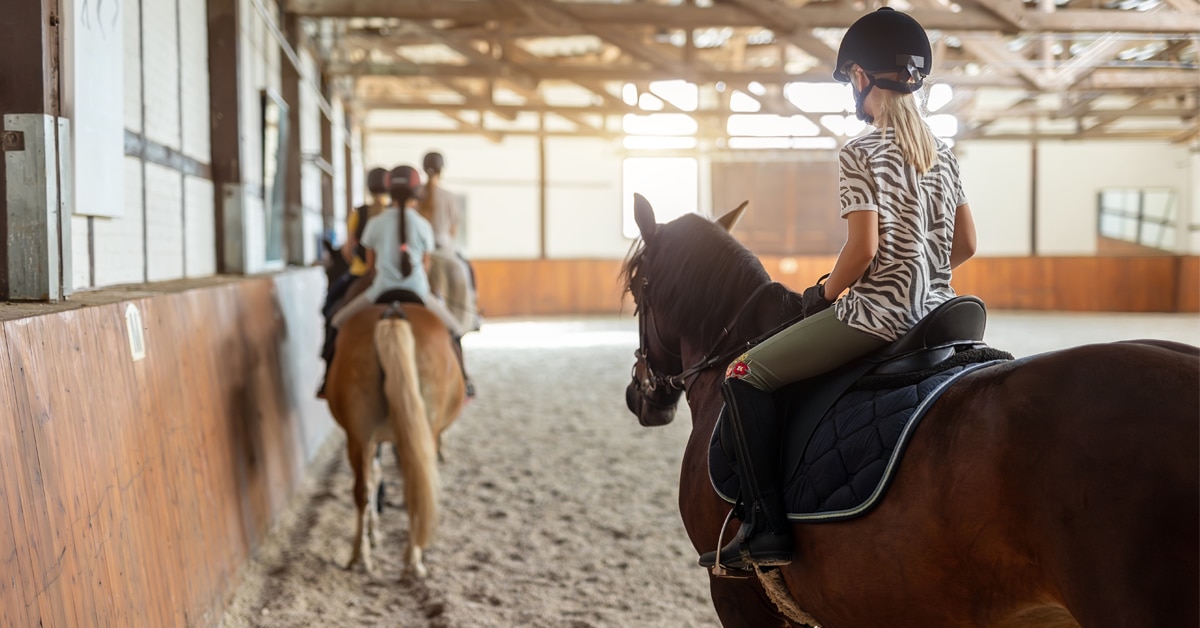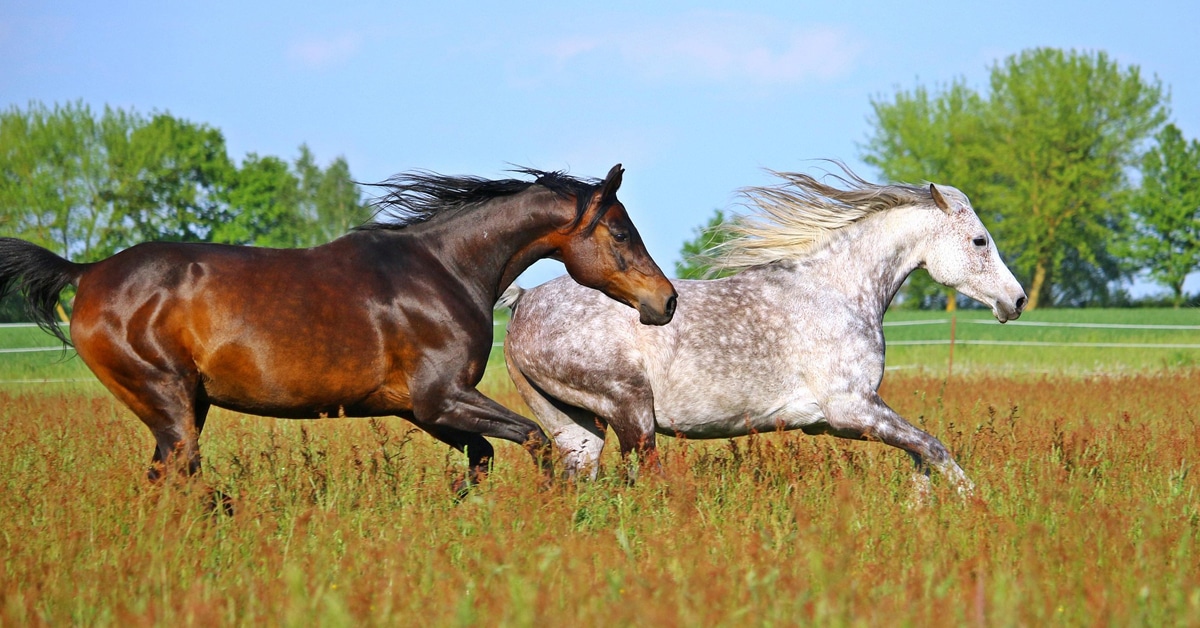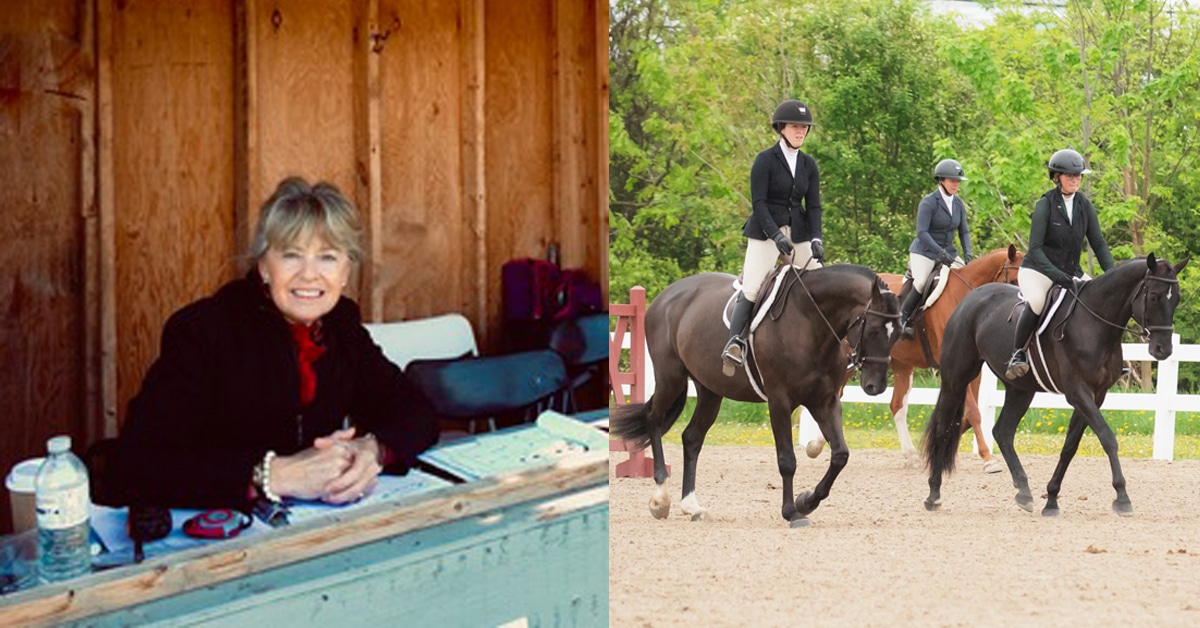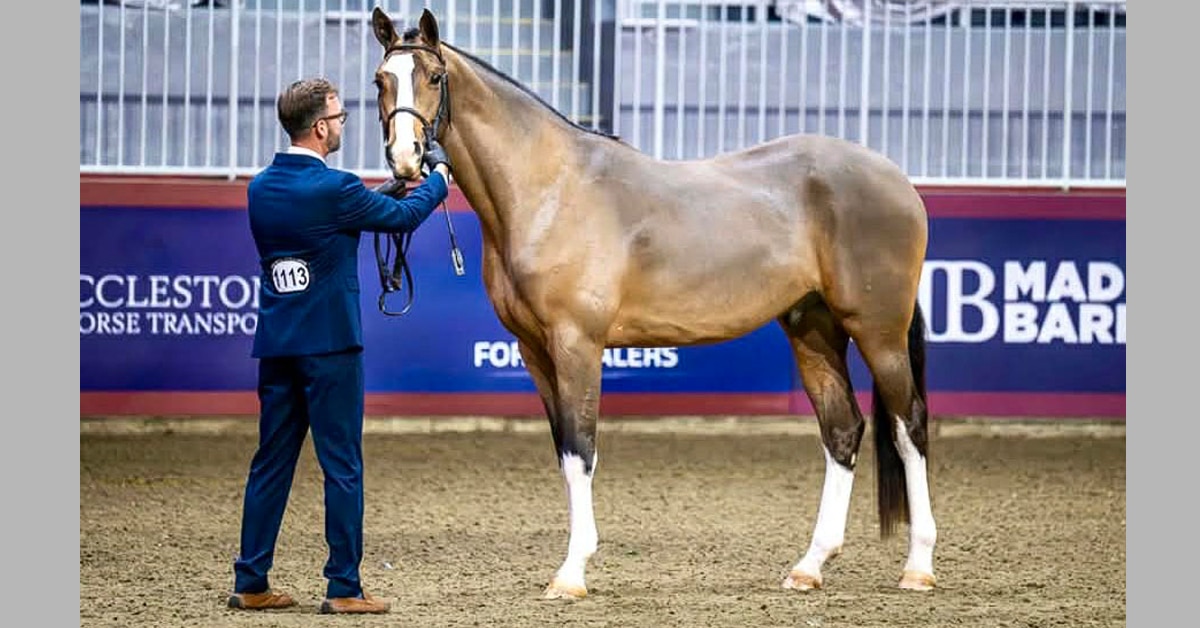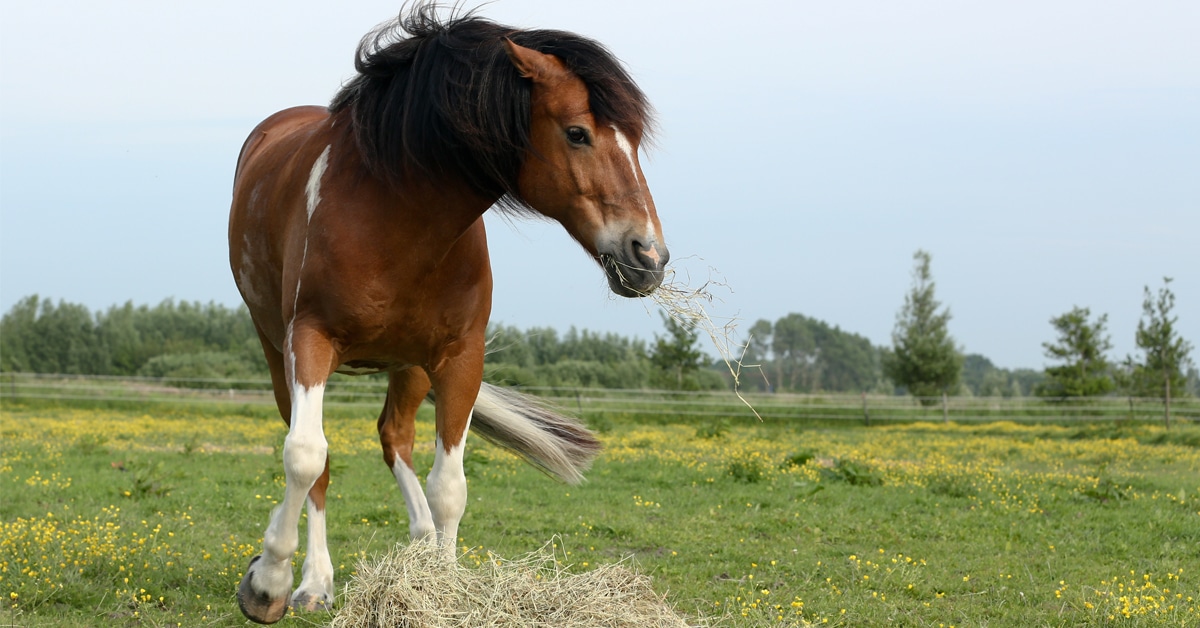During equine stretching training courses, I am always asked the same thing: “But the back, I want to learn techniques for the back…” (implied: “So when are we going to start working on the important things?”). As if all the problems come from the back.
When a light bulb won’t turn on anymore in a room, the problem might, of course, be the bulb—but it might also be the switch, the wire carrying electricity to the bulb, or the fuse controlling the flow of electricity to the wire. The spine is even more complicated than a light bulb; it protects the entire nervous system. If there is dysfunction anywhere along the spine, it can cause peripheral pain, and the reverse is true: a tendon or joint in a dysfunctional limb can lock a spinal area, which in turn will become painful. This osteopathic lesion will be secondary to the limb problem; therefore, it is the limb that needs to be treated, and once that treatment is successful, spinal function will correct itself automatically.
We have learned in our overview of anatomy that the postural muscles allow the underlying architecture of the skeleton to be stable. The spine is in contact with the ground through the limbs, and the brain receives sensory information from receptors in the limbs. The brain analyzes and integrates the information it receives, and sends instructions for a postural adaptation to the back, according to the quality, amplitude, and speed of the body’s movements. It is common for back pain occurring without a traumatic (fall, shock, blockage) or infectious cause to be due to hypercompensatory inflammation of another restricted area. That leaves one or more vertebrae crying out, “Help, I’m sick of doing all the work!” The solution is to give them a vacation, but also, and above all, to increase muscle length and range of motion in other areas, so that they no longer always have to compensate.
The same reasoning can apply to the forelimbs. The lengthening of the foreleg will promote a descent of the withers, and the reverse movement in the hind area will tend to lower the horse’s head.
In the diagrams on the following page, we see the influence of a tension that ends up distributed across all the rest of the body. This prevents a lot of wear and even damage to certain structures of the musculoskeletal system. The explanation for many spinal pains can be given by these “cogs,” and the way they distribute strain.

(Left) At rest; (centre) Lumbar extension; (right) Lumbar flexion.
Take the example of a horse with retraction of the anterior muscles of the hind legs. These tensions prevent him from extending very far behind in his strides. To improve the range of motion for this extension, the lumbar vertebrae are forced to compensate with greater downward tilt mobility. Inflammation of the lower back is then inevitable, because the lumbar vertebrae are over-stressed. The muscles that surround this area are working at the limits of their physiology. They get tired, and very quickly the area becomes stiff and takes longer and longer to warm up. There is inflammation that will need to be treated in the spine—but until the flexor muscles gain length, that inflammation will never be gone for long.
Another frequently encountered example is pain in the withers with a sagging topline and sore paravertebral muscles. This horse will have a limitation in reach towards the front of the forelegs. When asked to lengthen his pace, the muscles of his forelegs tighten and pull on the withers, which try to compensate on the way down. The balance of tension is then upset, fatigue accumulates, and the vicious circle of contracture sets in.
In general, when tissue release is achieved correctly on a limb, that release extends through the entire spine. There will then be a change in postural tone throughout the body. Moreover, it is in keeping with osteopathic principle to exaggerate the adaptation pattern until a reaction of automatic self-correction is obtained. It’s impressive to see the topline rebalance after ten minutes of stretching. This shows that we are changing the information reaching the postural system, which extends throughout the body without boundaries. All tissues are connected to each other, and any change in tension in one location causes change in all other tissues.
The balance of the back is a function of the tension ratio between the muscle tone of the superficial and deep abdominals (flexors) and that of the paravertebrals (extensors). A sagging back is held not by muscle tone, but by the osteoligamentary system. So when you ask for a longer gait, this movement pulls even more on the spine. When this request is painful, there is compensation, and when compensation is no longer possible, the horse rebels. This is his way of saying, “Stop, I can’t take it anymore!”
In this case, the role of stretching will be to release the tensions of the muscle chains connecting the limb to the spine. Particular care should be taken to obtain good length of the shoulder extensor muscles and hip flexor muscles.
It will remain for the rider to work at the same time on strengthening the abdominals during training in order to obtain commitment to the movement without causing pain to the horse.
The daily repetition of stretching sessions makes it possible to very quickly detect changes in the range of motion or reaction of the horse. When this is the case, we must immediately seek an explanation in order to intervene as quickly as possible. This allows for quick response, helping the horse’s healthcare team diagnose and treat the issue before there is too much damage.
A Word of Advice
Always have a notebook for each horse. You can write down or draw the range of motion and degree of energy, any compensatory postural elements you notice, any defensive responses, locations of contractures, and locations of any wounds, with the date. This will allow you to follow the horse’s progress over time.
*****
To order your copy of “Stretch Exercises For Horses” by Jean-Michel Boudard, visit Trafalgar Square Books here.
The Latest

